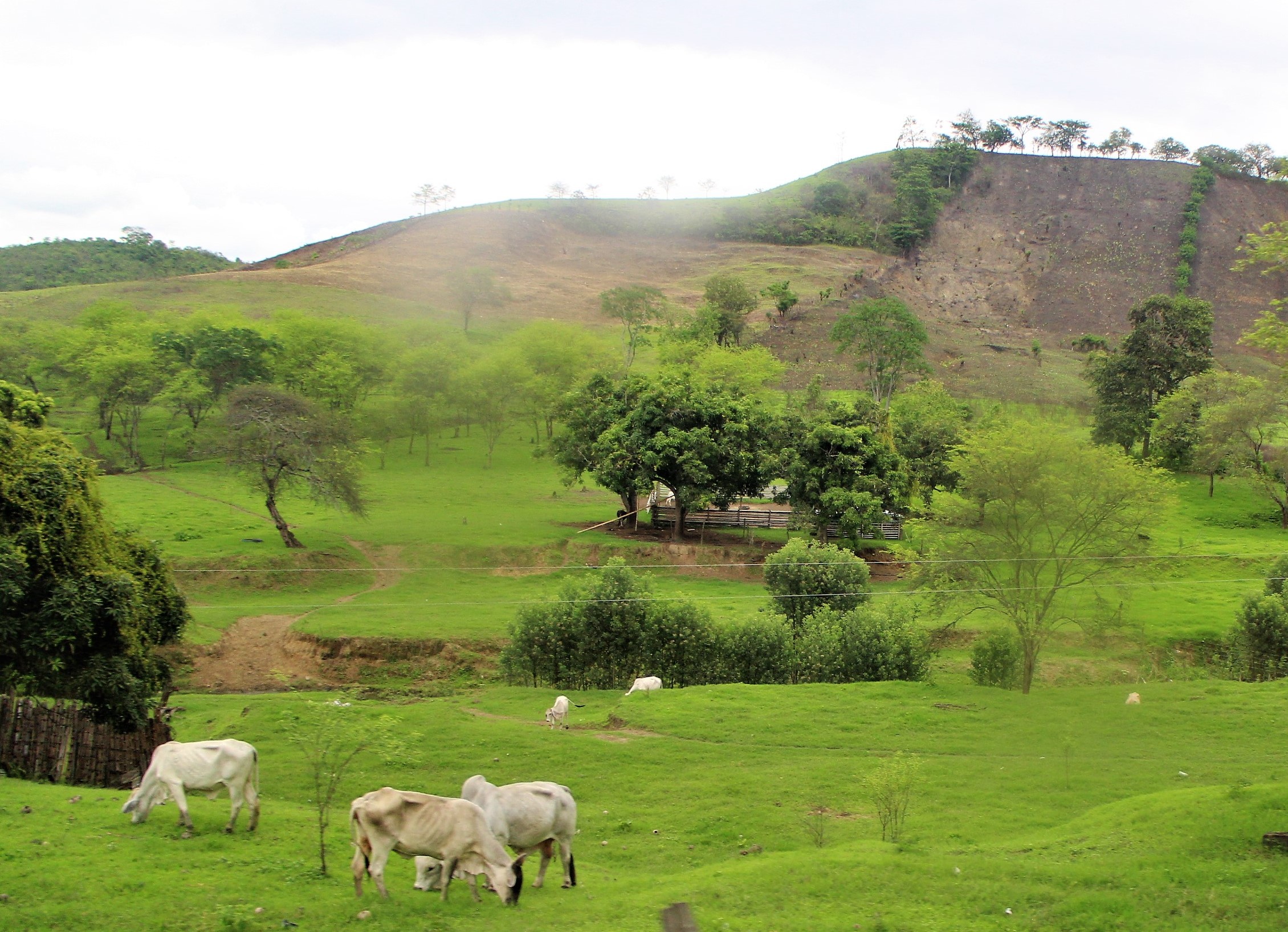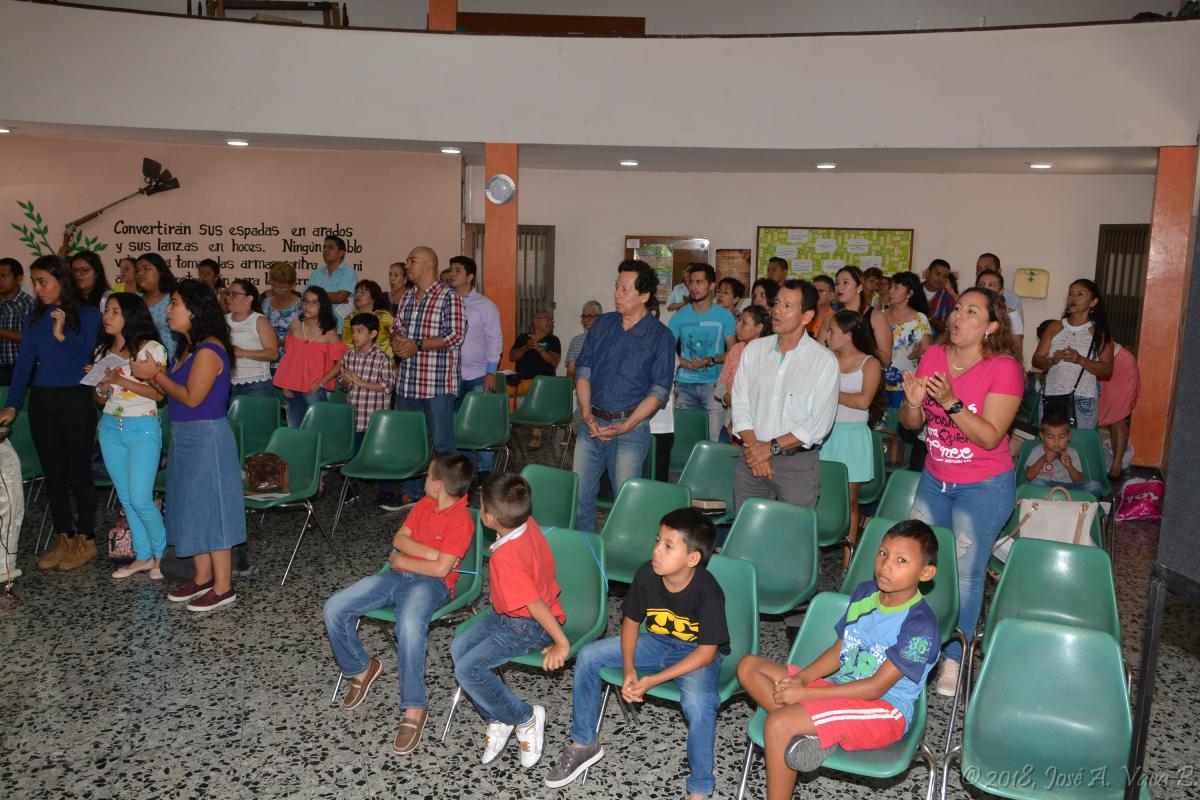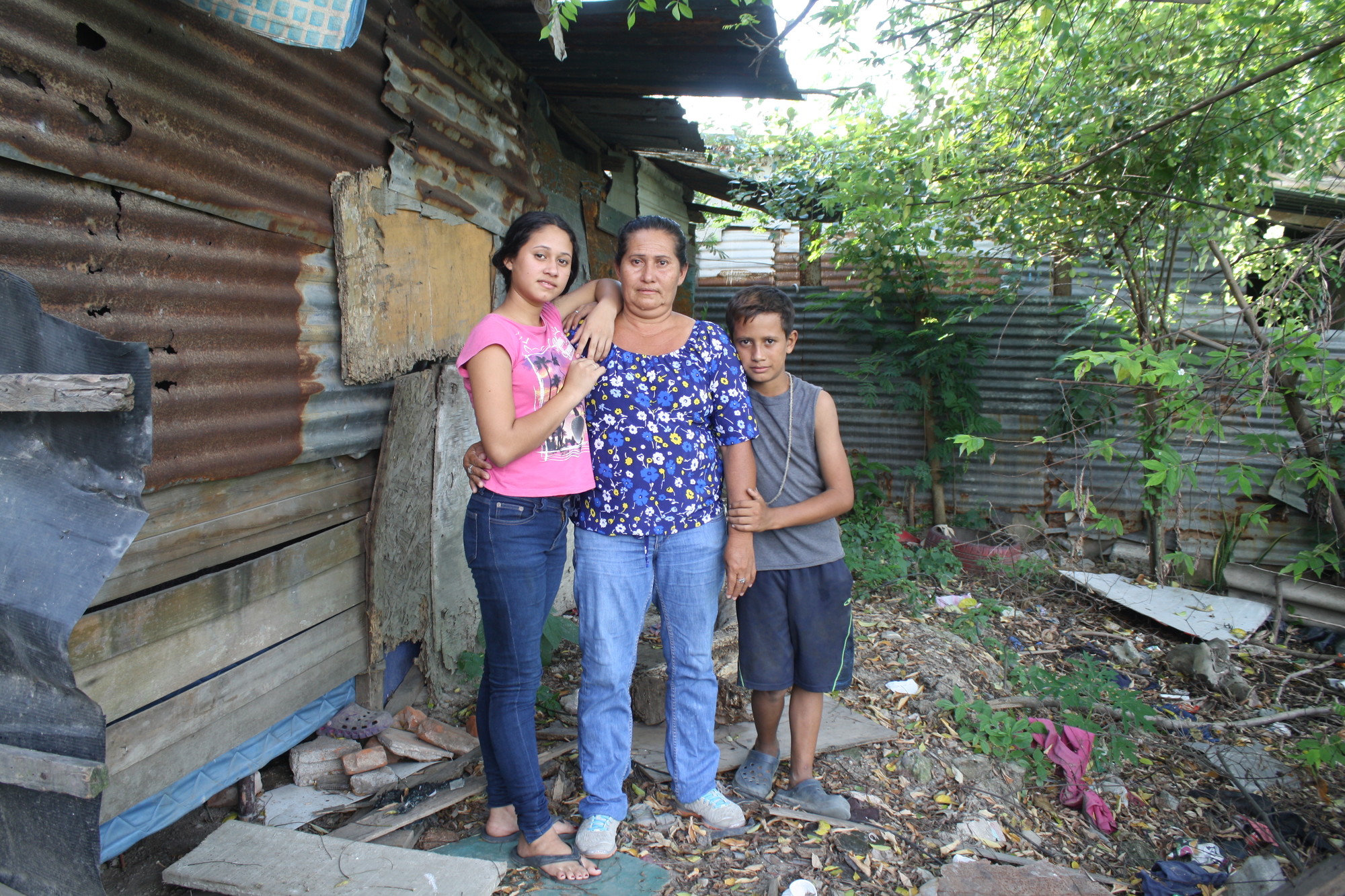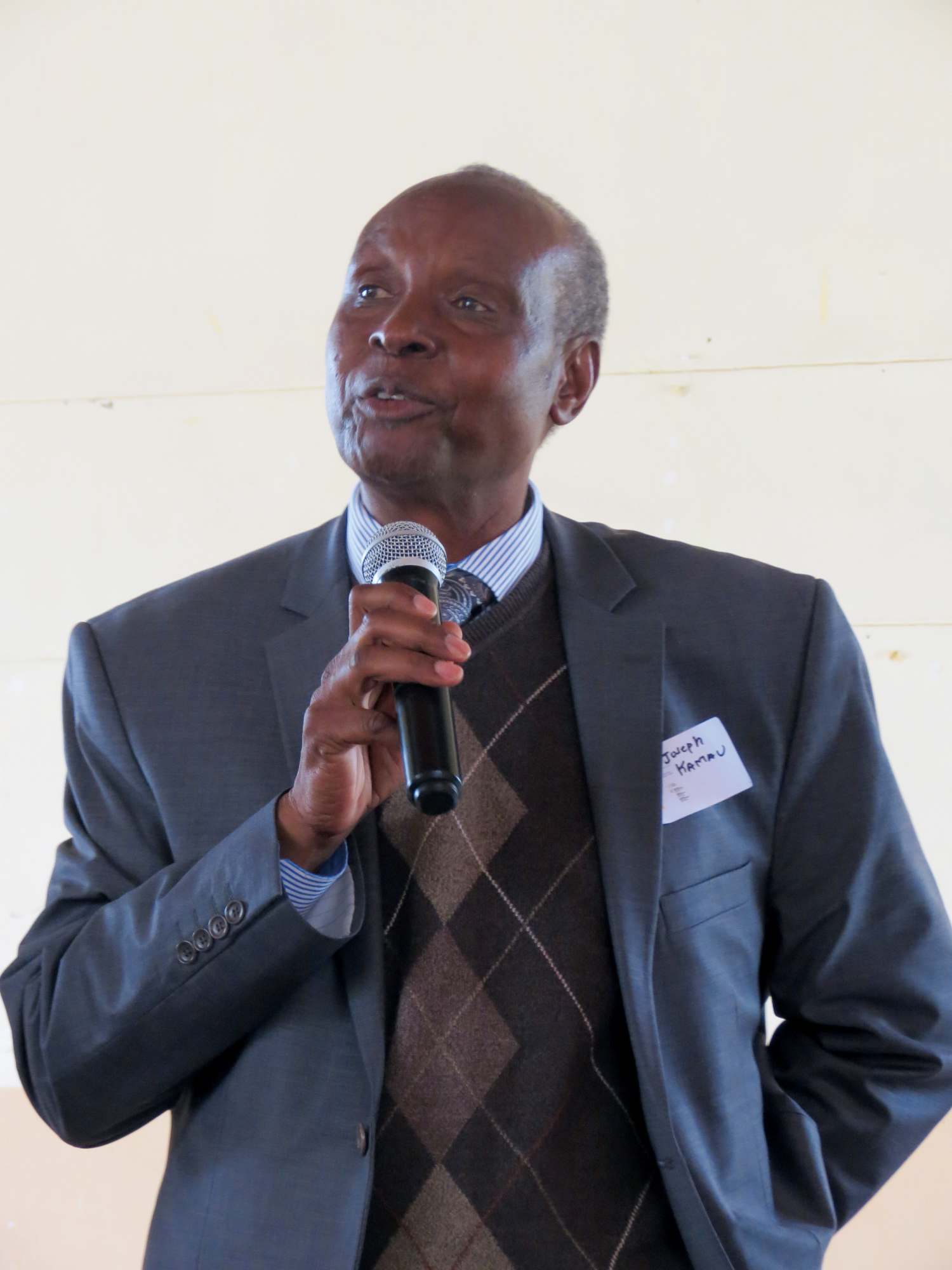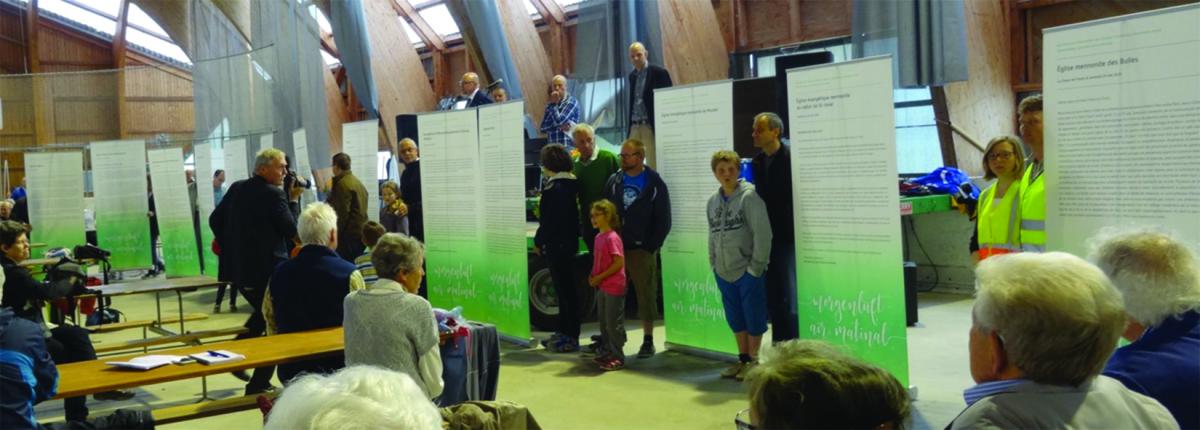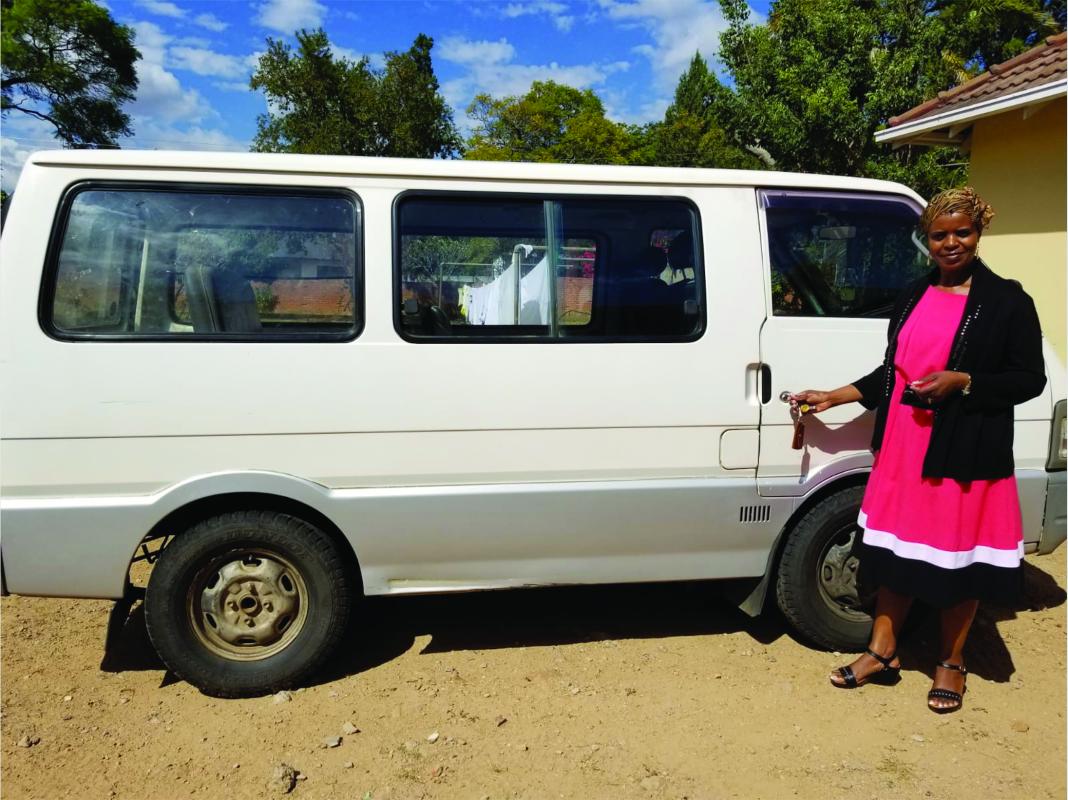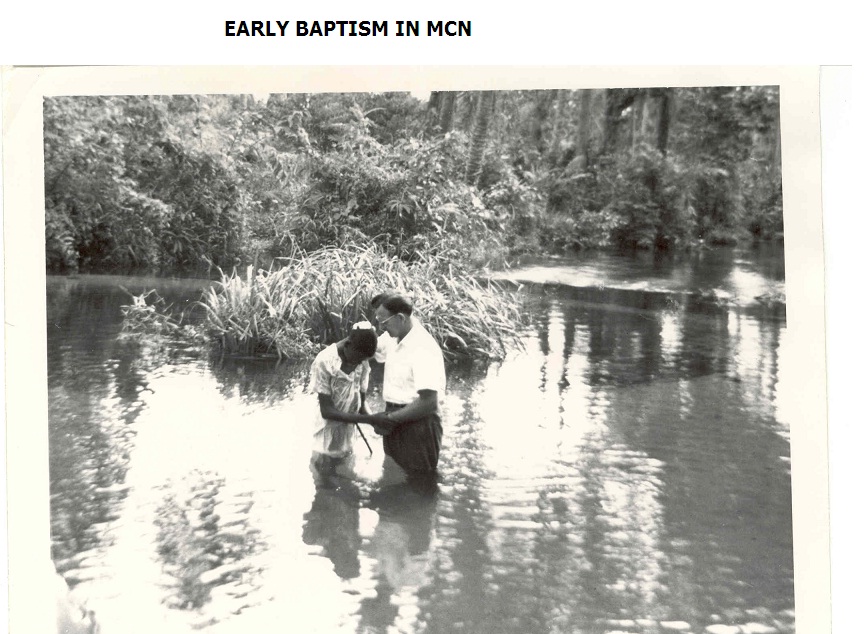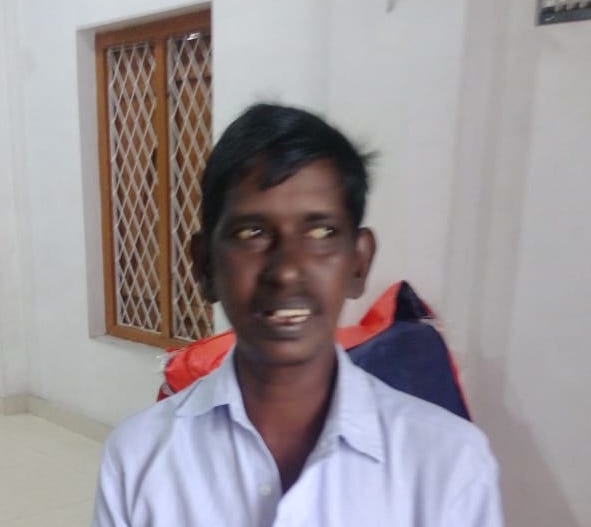-
On climate: the global church needs to CHANGE
“The earth is the LORD’s and all that is in it, the world, and those who live in it; for he has founded it on the seas, and established it on the rivers” (Psalm 24:1–2). “Climate change”: these two words often generate anxiety concerning the future of not only humanity, but the entire planet. The
-
Si le quarantenaire de l’Église mennonite du Burkina m’était conté…
L’Église Évangélique Mennonite du Burkina Faso (EEMBF) a soufflé ses 40 bougies les 23, 24 et 25 novembre 2018 à Orodara, dans la province du Kénédougou. Récit haut en couleur ! Cette célébration est intervenue dans un contexte sécuritaire difficile pour le Burkina Faso. Un appel à la prière avait été lancé à toutes les églises.
-
Oración antifonal
Text: Lukas 4:18-21 (Neue Zürcher) L: Der Geist des Herrn ruht auf mir, weil ermich gesalbt hat, Armen Gute Nachricht zu verkündigen. Alle: Vergib uns, Herr, wenn unsere Taten nicht dem entsprachen, was Gute Nachricht für die Verletzlichsten ist. L: Er hat mich gesandt, Gefangenen Freiheit Alle: Vergib uns, Herr, wenn wir uns nicht um
-
MWC’s Top 10
As we looked back at 2018, we gathered Mennonite World Conference’s most popular news stories based on website views. In case you missed them the first time, here are the most visited stories from the global Anabaptist family in 2018. 1. Benni & Rianna: a GYS love story Christian parents have long encouraged their sons
-
Migrant solidarity in the Honduran church
Migration is shifting populations around the globe. Motives are diverse, from meeting basic needs, to fleeing violence and seeking opportunities. People balance the hope of a better life for their children against the challenges of dangerous passage, cultural adjustment, and government regulations. Churches are affected as they lose members to migration and gain opportunities to
-
Responsive Prayer
Text: Luke 4:18-21 (NRSV) Leader: The Spirit of the Lord is upon me, because he has anointed me to bring good news to the poor; All: Forgive us, Lord, for the times our actions have not been consistent with the message of Good News to the most vulnerable. Leader: He has sent me to proclaim
-
Holy Spirit Breakthrough in East Africa
“In the last days it will be, God declares, that I will pour out my Spirit upon all flesh, and your sons and your daughters shall prophesy, and your young men shall see visions, and your old men shall dream dreams” (Acts 2:17). Bishop Kisare was sitting by the great tree where the first Mennonite
-
A transformed spirit of listening
At Renewal 2027 – The Holy Spirit Transforming Us in Kisumu, Kenya, 21 April 2018, several people shared a testimony of experiencing the Spirit’s work changing people in the church. The columns in this section have been adapted from their presentations. It was time to come together for a church community day and celebrate – but celebrate what? God’s faithfulness in the past in our long history
-
A transformed spirit of answered prayer
At Renewal 2027 – The Holy Spirit Transforming Us in Kisumu, Kenya, 21 April 2018,several people shared a testimony of experiencing the Spirit’s work changing people in the church. The columns in this section have been adapted from their presentations. The Holy Spirit is the third person of the Trinity: God the Father, God the Son and
-
“Young people are the hope of the church”
Renewal 2027 testimony: Anabaptists today Renewal 2027 is a 10-year series of events organized by Mennonite World Conference’s Faith and Life Commission to commemorate the 500th anniversary of the beginnings of the Anabaptist movement. This series highlights leaders in the movement from history to the present “People feel excited about the Word even as their
-
A Mission Story of KMC – witnessing in faith
KMC traces her beginnings from Tanzania Mennonite Church (KMT). KMT inspired evangelists planted pioneer congregations in Kenya from 6 December 1942. Up till 1977 when the Conference was registered under Societies Act of Kenya, the KMT leadership oversaw the congregations.
-
GMT responds to Kerala flooding
Mr Kannan kutty, 45, has terminal cancer. His wife is a labourer. She and one of his sons work any job they can find to earn money. Their other son is a student. Already struggling to have enough funds for cancer treatments and living costs, the family was affected by the heavy monsoon flooding in
